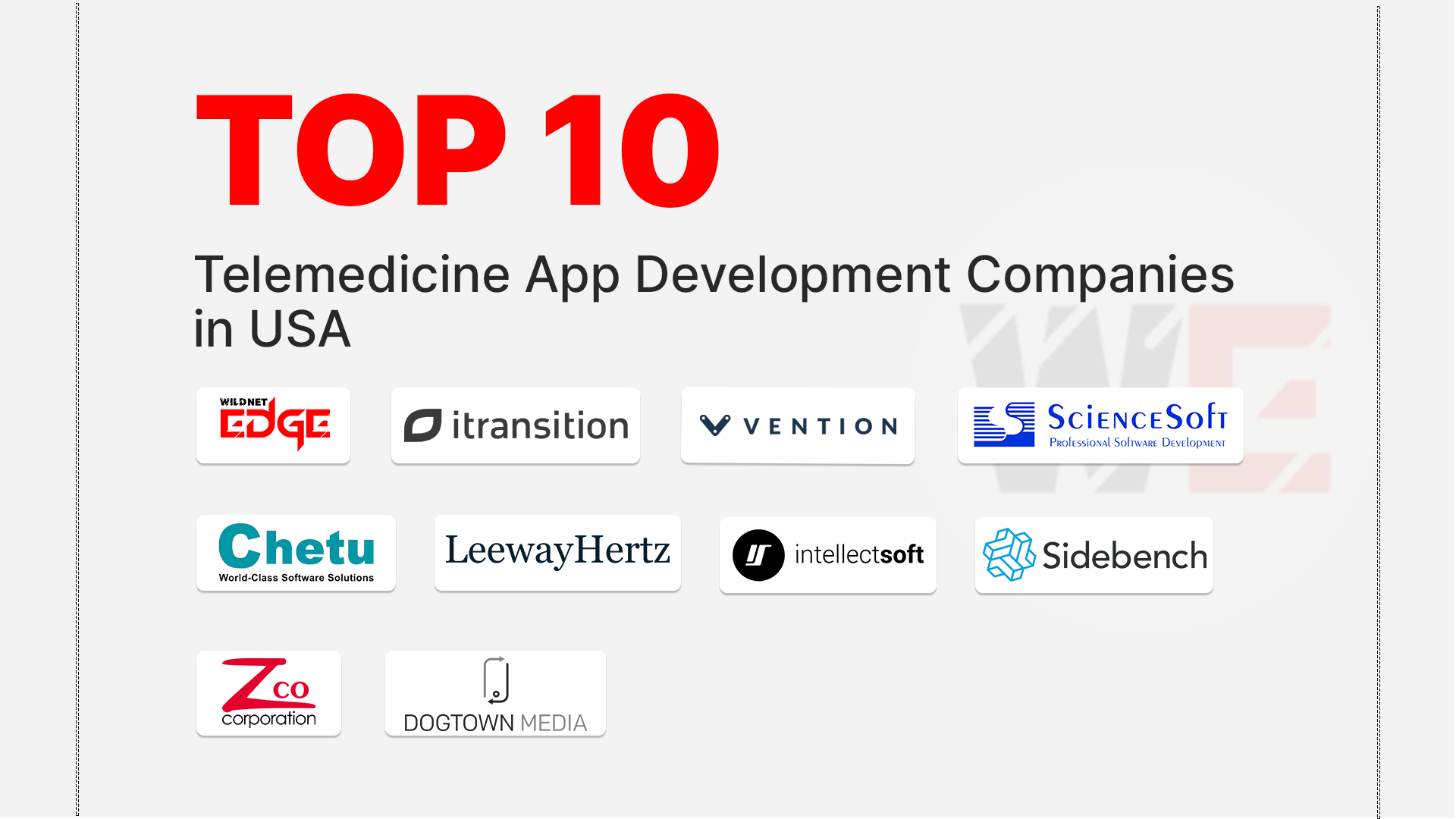Ever faced the nightmare of launching a new app feature only to watch it crash your entire system? If you’re tired of downtime sabotaging user experience and revenue, it’s time to explore app feature flags. These powerful tools let you release features gradually, run A/B tests effortlessly, and avoid disruption. In this post, I’ll show you how feature flags can transform your rollout strategy—keeping users happy and your deployment smooth.
Understanding A/B Testing with Feature Flags
A/B testing is one of the most effective ways to validate new features, optimize user experience, and boost engagement metrics. However, traditional A/B testing often requires multiple versions of an app or complex release management, causing overhead and risk. This is where feature flags become indispensable.
Feature flags allow developers to separate deployment from release. You can deploy a new feature hidden behind a flag in your production environment without activating it for all users. Then, selectively toggle the feature for specific user segments or percentages of your audience. This method enables highly controlled A/B testing.
Using feature flags, you can:
- Run targeted experiments without multiple code branches or releases.
- Collect granular data on user behavior, engagement, and conversion related to specific feature variants.
- Quickly iterate by turning a feature on/off or adjusting exposure without new deployments.
For example, an e-commerce app wanting to test a new checkout flow can enable that flow only for 10% of users logged in from the U.S. region. Monitoring key metrics like cart abandonment or purchase rates becomes straightforward while the rest of the app remains stable.
According to recent 2025 software delivery surveys, teams using feature flags for A/B testing report a 30% faster feedback loop and 25% fewer rollbacks during experiments. This scalability and precision make feature flags essential for any app aiming to optimize user experience continuously.
Progressive Delivery: Safer and Smarter Rollouts
Progressive delivery takes the value of feature flags further by allowing teams to deploy new features incrementally and safely. Rather than an all-or-nothing approach, progressive delivery exposes features to controlled subsets of users, learning from real-world usage before a full release.
The core benefits include:
- Gradual exposure to minimize risk: By enabling features for small percentages of users initially, you catch bugs or performance issues early and limit impact.
- Rollback capability without full releases: If problems arise, you can instantly disable features through flags without issuing a costly rollback or hotfix.
- Alignment with business goals and user feedback: Progressive delivery lets product teams gather insights and tailor features before scaling. You can coordinate rollouts with marketing campaigns or server capacity plans seamlessly.
Feature flags are the backbone of this approach. They provide the control mechanisms to target users dynamically by criteria like location, subscription tier, or device type.
For instance, a global SaaS provider launching a major UI revamp might start with 5% of enterprise customers. If telemetry and feedback are positive, the rollout expands gradually. If issues appear, the feature flag lets developers snap features off instantly, protecting overall system health.
Leading DevOps platforms in 2025 emphasize integrating feature flags with observability tooling, improving the feedback loop speed and decision-making precision for progressive delivery.
Technical Setup and Best Practices for Feature Flags
Implementing feature flags effectively is crucial to reap their benefits fully. Here are actionable technical insights and best practices:
Design granular flag controls
Feature flags should be finely targeted and flexible. Design flags that control a single feature or a specific aspect of it rather than all-or-nothing toggles. Attributes you might consider include:
- User ID or group membership
- Geographical region
- Device or OS version
- Subscription plan or payment status
- Custom business rules (e.g., beta tester vs. regular user)
This granularity empowers powerful experimentations and progressive delivery strategies.
Manage the feature lifecycle
From creation through removal, feature flags must be actively managed to avoid “flag debt.” Key lifecycle stages include:
- Creation: Define clear objectives and target audience for each flag.
- Targeting and evaluation: Implement logic in your code or flag management tool to evaluate when the flag should be active.
- Removal: Timely clean-up is essential. Remove obsolete flags and related code once the feature is fully rolled out or deprecated to avoid complexity and potential bugs.
Monitoring flag impact and usage analytics
Use integrated dashboards or analytics tools to track:
- How many users are exposed to the feature.
- Performance indicators such as load times and error rates during rollout.
- User behavior changes correlating with flag states.
Continuous monitoring ensures that any negative impact triggered by a flag is detected early and addressed promptly.
Modern feature flag platforms like WildnetEdge provide APIs and UI controls to simplify these tasks while maintaining security and compliance.
Emerging Trends and Advanced Tactics in Feature Flags
The evolution of feature flagging technology in 2025 is driving innovation beyond toggling features on and off. Here are current trends and tactical uses shaping modern software delivery:
Machine learning-driven flag targeting
Advanced systems integrate machine learning models to optimize flag rollouts. Instead of manually defining user segments, ML analyzes user behavior and automatically adjusts who sees a new feature to maximize positive outcomes or minimize risks.
For example, if analytics show a subset of users prone to crashes with a new feature, the system can dynamically exclude them from the rollout.
Integration with CI/CD pipelines for automation
Feature flags now connect deeply with continuous integration and continuous delivery tools. Automations include:
- Automatically enabling or disabling flags at specific deployment stages.
- Triggering pipeline steps based on flag states.
- Rolling back features instantly without redeployment on pipeline failure or performance dips.
This reduces manual effort and accelerates reliable delivery.
Security and compliance considerations
With increased reliance on feature flags, securing these controls is paramount. Misconfigured flags can expose sensitive functionality prematurely or create loopholes.
Best practices include:
- Role-based access controls limiting who can edit flags.
- Version audits and change logs to trace updates.
- Encryption and secure storage of flag configuration data.
- Compliance checks integrated into deployment pipelines to verify safe flag states.
Organizations handling sensitive data often enforce strict policies on feature flag usage aligned with GDPR, HIPAA, or industry-specific standards.
Conclusion
Feature flags aren’t just a nice-to-have; they’re essential for delivering continuous innovation without downtime or user frustration. By mastering A/B testing and progressive delivery through feature flags, your app can evolve smoothly and confidently.
Trusted by leading companies, WildnetEdge provides robust feature flag management solutions that help you roll out new features securely and efficiently. Ready to transform your rollout strategy? Discover how WildnetEdge can power your next release.
FAQs
Q1: How do feature flags improve A/B testing in app development?
Feature flags allow you to selectively enable or disable features for user segments, enabling accurate performance comparisons without deploying multiple app versions.
Q2: What is progressive delivery and how do feature flags support it?
Progressive delivery is the strategy of releasing features gradually to minimize risk. Feature flags enable this by controlling feature exposure dynamically without multiple deployments.
Q3: How can I implement feature flags effectively to avoid downtime?
Implement granular flag controls, monitor their impact, and maintain a removal process to keep your app stable; start small and progressively expand your rollout.
Q4: Can feature flags integrate with CI/CD workflows?
Yes, modern feature flag solutions integrate seamlessly with CI/CD pipelines to automate releases and instantly toggle features based on deployment stages.
Q5: Are there security risks associated with using feature flags?
While feature flags help manage releases, inadequate security around flag management can expose sensitive features. Use secure flag configurations and compliance checks to mitigate risks.

Nitin Agarwal is a veteran in custom software development. He is fascinated by how software can turn ideas into real-world solutions. With extensive experience designing scalable and efficient systems, he focuses on creating software that delivers tangible results. Nitin enjoys exploring emerging technologies, taking on challenging projects, and mentoring teams to bring ideas to life. He believes that good software is not just about code; it’s about understanding problems and creating value for users. For him, great software combines thoughtful design, clever engineering, and a clear understanding of the problems it’s meant to solve.
 sales@wildnetedge.com
sales@wildnetedge.com +1 (212) 901 8616
+1 (212) 901 8616 +1 (437) 225-7733
+1 (437) 225-7733































